Hello! Can you tell us about yourself? I’m Nicola, owner of Nicola Holden Designs, a…
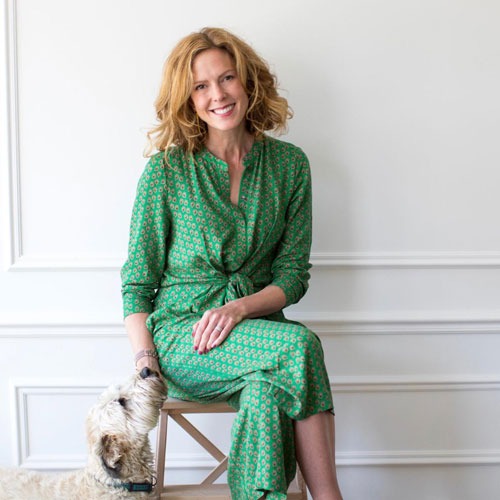
Interview with Bess Sturman – Sturman & Co. Interior Design Studio
Hello! Can you tell us about yourself?
I’m Bess Sturman and I established Sturman & Co. Interior Design Studio in 2011 to offer a contemporary design service underpinned by the unique professional skills I had honed in my previous corporate and legal careers. The business has since grown from the one-woman-home-based practice (me!) that designed the award-winning Ilkley Cinema in 2015, to a multi-disciplinary team of six based in our Yorkshire studio today.
We work mostly with residential clients, usually on a whole house projects. My aesthetic is influenced by a lifetime spent on my own travels and visiting art galleries whenever possible, together with a love of the historic English home. I love the challenge of creating something different each time and using original bespoke or antique pieces, with strong artwork and always some colour. Warmth is the single most important ingredient for a family home to me, which can be found in the use of wood, wool, and other naturalistic textures in my schemes.
What’s your backstory and what attracted you to design?
I chose to become a designer after leaving an established career as a solicitor, which later led me into a fast-paced management role at a private healthcare company. I was working long corporate hours and I found it difficult to balance my work with my life as a new mother to two little boys.
Most importantly, I was a frustrated creative and it had been a long-held ambition of mine to run my own business. So I researched and retrained as a designer, initially picking up voluntary and later freelance work along the way. That was in 2010 – I celebrated my first paying client in 2011, and the company’s first full-time employee in 2015. As well as managing our team, I am now also a mother of three (with a daughter added to the bunch), and I love the release of working creatively with my studio team every day.
I am proud that we have grown the business from an initial investment of just £300, by hard work, excellent client care, and making sure we always deliver our service with originality, care, and exceptional attention to detail.
What do you love most about designing?
When I first step inside a client’s property, I immediately start to picture how the space could be transformed. Going from this inner vision, through an exciting reveal, and then seeing the end result is an amazing feeling, though hard work too! Because we work so closely with our clients from the outset, we make sure they are always delighted with the outcome. It may sound like an overstatement but clients tell me a lot about the life-changing quality of having our designs in their home, and who wouldn’t love a job that can achieve that?
Who, for you, has been the most influential designer/designers?
I’m inspired by many designers for different reasons. Coco Chanel stands out in my mind as someone who as a designer has had a real impact on the way we live today. She wasn’t afraid to speak her mind, she took risks with her designs, and was prepared to go where no-one had gone before. I also love the work of Thomas Heatherwick, who is so clever with form and materiality.
I admire so many contemporary English interior designers too, from Beata Heuman to Ben Thompson (Heckfield Place).
Where do you find inspiration for new designs?
I sometimes find that I’m at my most creative when I’m out of the studio. On holiday, at a gallery or whilst running in our beautiful Yorkshire countryside, are usually the times that a scheme comes together in my mind. I also work with some incredible suppliers who regularly pop into the studio to show us their latest collections. When I’m flicking through a fabric book or examining a new range of flooring, I always have our current projects in mind.
Describe your approach to functionality v aesthetics.
There is a misconception that Interior Designers focus only on the way a space looks and have little consideration for the way a space functions. All of our designs function as beautifully as they look. We achieve this by ensuring that a space has one main purpose, that is agreed at the outset with the client.
Another important aspect is being involved in any project right from the outset.
MAS Designs is an architecture firm that we work closely with. They recently published an article which talks about achieving the best possible outcome for clients in terms of functionality and aesthetics by working closely with us from the outset. These words are theirs:
Case Study: Large family home, Ilkley
“Sturman & Co. came to MAS Design on behalf of a client who was looking to extend their home to create a large kitchen/diner as well as an en-suite to the second floor of their home. By truly understanding the clients needs as a family, from where the kids kick off their muddy boots to the angle at which the sun shines on the garden and how that might affect the mood of the room, Sturman & Co. were able to provide us with a plan that meant that no stone had been left unturned. We then analysed the plans to make sure that there were no foreseeable issues prior to producing detailed drawings. “
“Working collaboratively meant that at each stage of the design process, we were considering the final outcome to ensure the best possible solution for the client.”
“A great example of this is the glass covering three walls of the extension. Without Sturman & Co. involved in the process, there may have been a concern around whether this would leave enough space for kitchen cabinets. Knowing that Sturman & Co. had a holistic view of the entire project meant that we could push this aspect of the design and has resulted in a beautiful transformation of this property.”
Describe your approach to choosing/using colours.
Colour is non-negotiable to me in design, but that doesn’t mean my schemes are all about a colour POP. Together with texture, colour breathes life into every scheme and sets the mood for a home. My colour preferences are constantly changing with the seasons, my mood and influences from the world around me.
Often my clients will come to me with a clear view on the colours that they like but they are afraid to inject them into their home for fear of ‘getting it wrong’. Working closely with these clients to bring these preferences into their scheme in a way that reflects their personality, as well as the character of their home, is one of the most enjoyable parts of the process for me. We never push our clients down a route that they’re not comfortable with, it’s a collaborative process and we have a lot of fun along the way.
How are green awareness and the increasing popularity of eco-friendly products affecting the design process(now, and in the future)?
Running an eco-friendly home and business is front of mind right now. I watched the BBC’s “War on Plastic” recently with my family, and I was appalled by the damage we are doing to our planet, particularly with single use plastics. I, like most people, have always been a passive recycler, but had never given much thought to where things go once the bin lorries have been.
At Sturman & Co. we look to create designs that will stand the test of time in terms of quality and style. We work closely with an exceptional team of talented, local makers who create bespoke pieces for our discerning clients. These pieces always have an incredibly high-quality finish and are built to last. Where possible, we will always look to incorporate a client’s existing furniture into or designs, which has the benefit of avoiding unnecessary expenditure for our clients whilst looking after the environment too.
We are conscious of the amount of packaging required to protect the deliveries that we receive and we always recycle where possible. The boxes came in very handy when our Junior Designer recently moved house! We note those suppliers who are ahead of the game with their packaging, and I also ask the team to give feedback where our suppliers’ packaging seems wasteful.
I really hope that eco-friendly design will become the norm in the not too distant future and I’d like us to be able to contribute to this movement.
Take us through your process of designing for a client.
My design process is part of an ongoing dialogue with a client, where I am noting their signals and priorities from our first contact onwards. Being able to listen actively is the most important skill a designer can have and clear communication is key. This works with our suppliers too.
Most of our schemes emerge over two or three client meetings, with lots of studio work in between and several meetings with our suppliers.
The first client meeting is about defining a brief and working out what the client is seeking to achieve. The second meeting is a presentation of my initial ideas, reflecting back what I think I have heard. And the third meeting wraps up the design, by which time our clients are usually only asking one question – “When is it going to be ready?”
What do you like to hear people say when they view your work?
I want them to say they feel welcome and warmed by a space and they know just what to do there. And of course that they love the way it looks!
What is your all-time favourite design (yours)?
This question is like asking me which of my children I prefer and I’m afraid I honestly can’t answer it! I give a lot of myself to every single project and I am really proud of the work the studio delivers. We always do our very best for each client.
So when every project finishes, I am sad to be saying goodbye to a client I have got to know and a room I have lived in (and often dreamed about) for quite a considerable amount of time, at least in my head.
What is your all-time favourite design (someone else’s)?
Another really tricky question and one that I would answer differently depending on my mood. I’m typing this whilst away in London and I’m staying in a hotel, so thinking about hospitality design.
I do love the work of Kit Kemp and the Ham Yard Hotel is pretty special. It’s a very expensive look to aim for, because of the intricacy of the fabrics involved, but something that can be used as inspiration nonetheless.
Through real-life design projects, have you learned anything particularly helpful or advantageous?
The thing I constantly hear from clients undertaking big renovation projects is that they have made very expensive mistakes before I came on board. There’s a saying I’ve heard “If you think good design is expensive, you should try the cost of bad design!”
It is heartbreaking to see the ways in which money can be wasted through doing things badly and without advice. And advice is never free – many people expect a shop or contractor to offer impartial advice, which isn’t realistic. Given that a home renovation project is usually the most expensive investment a person will make in their lifetime, my advice is to bring an interior designer into your project at the outset, so you get the exact finish you are dreaming about, first time. Buy well, buy once.
Advice for readers who want to redesign their homes/workplaces?
As above, if you can afford it, find a good designer and work with them. Check that the chemistry is right and you will end up with a project that functions and looks far better than most people will ever manage without help. It’s hard to emphasise the value of the experience and vision that a quality professional can bring to your project. Visit www.biid.org to find a quality designer in your local area. Or if you like our work, feel free to contact us.
If budget doesn’t allow, or if you simply enjoy spending hours designing your home, then start with a clear vision for the space. How will it be used and by whom. What do those people want to be able to do in that space? Once you have clarity on this, you can start to build your design accordingly. Then, I would urge you to be selective with colour. So many people create a neutral scheme with grey or beige. Choose a palette that works against these and accessorize from that colour range to find a balance that is right for you.
What interesting projects are you working on right now? And what does the future look like?
I feel very fortunate to do something I really love, and I get a lot of pleasure from working with some really interesting people. I’d like to continue to work with a whole range of people and their historic properties – our current residential projects include a Georgian Country Manor House and a converted barn. Each property has its own unique character, much like the owners, which means we get to work on a great range of designs.
We currently have another cinema project in the pipeline, which is really exciting as I get to create a space that will be enjoyed daily by hundreds of people. Knowing that you can positively enhance someone’s experience through the design of the space that they are using is a great honour.
For the future, I’d really like to work on a boutique hotel or hospitality project in an historic building. I’d love to bring that luxury of living in a well-designed space to a wider audience and to bring something of my aesthetic to a hotel in my beloved Yorkshire or beyond. Whilst I love exploring other places, I sometimes find hotel design can be impersonal and cloying, which just makes me want to go back home.

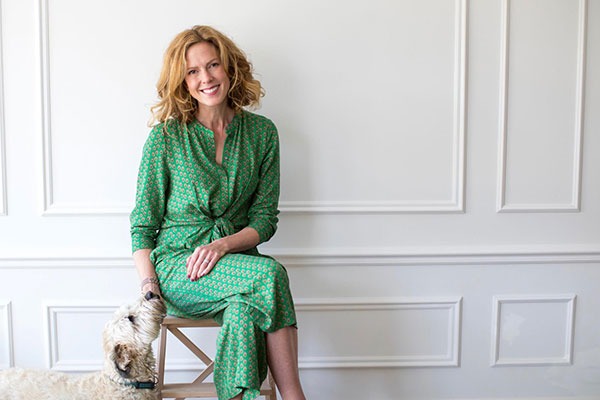
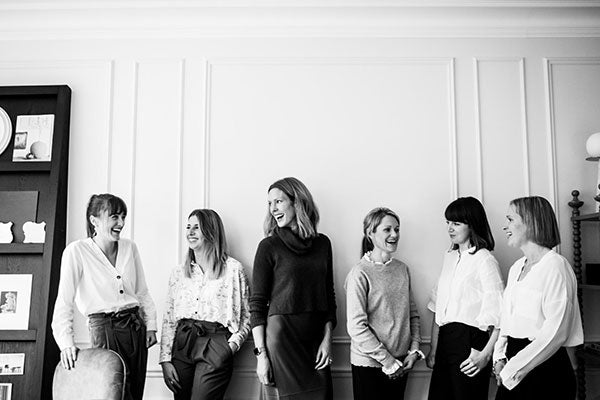

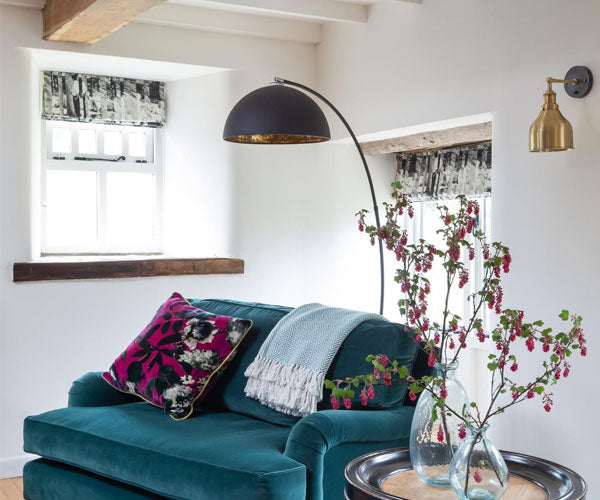
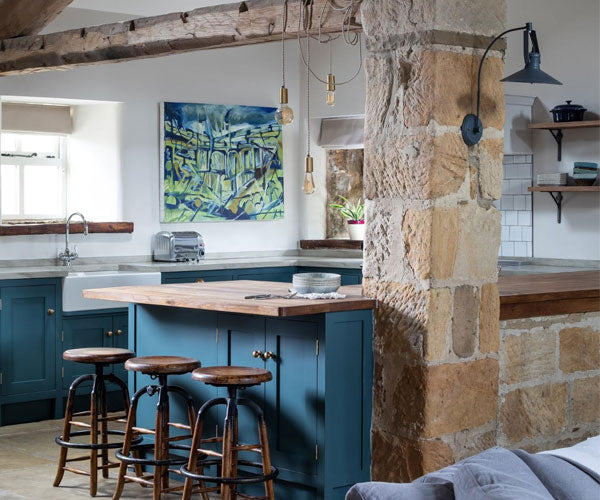
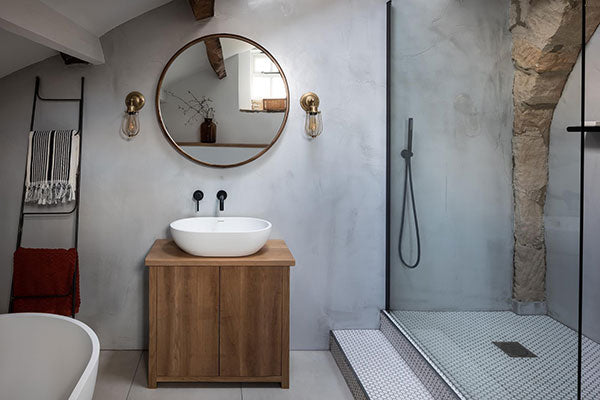
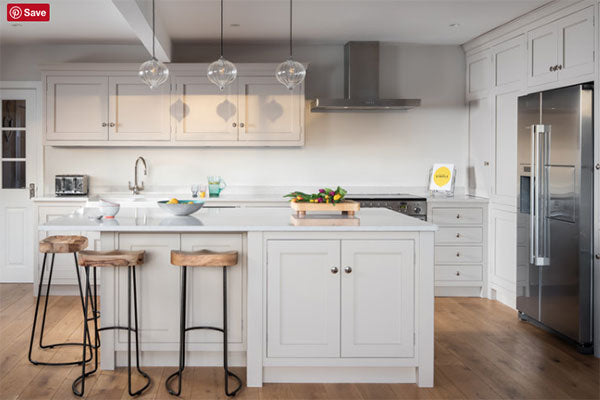
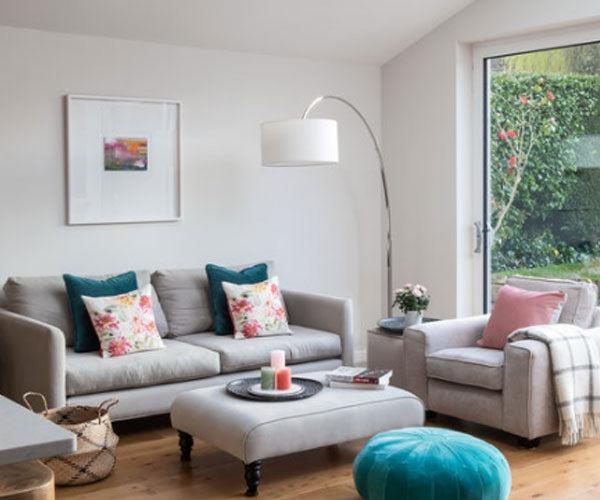
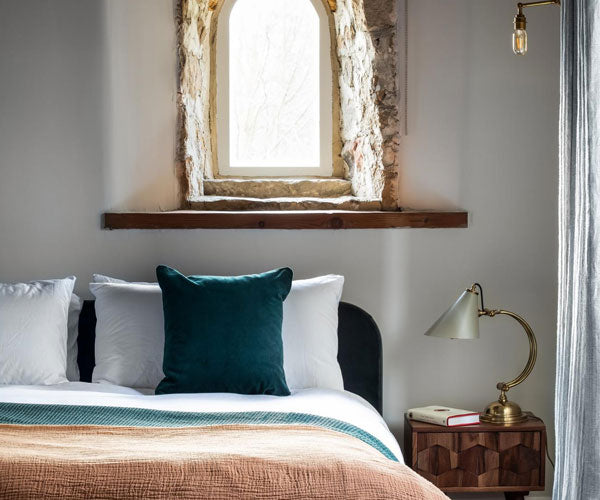
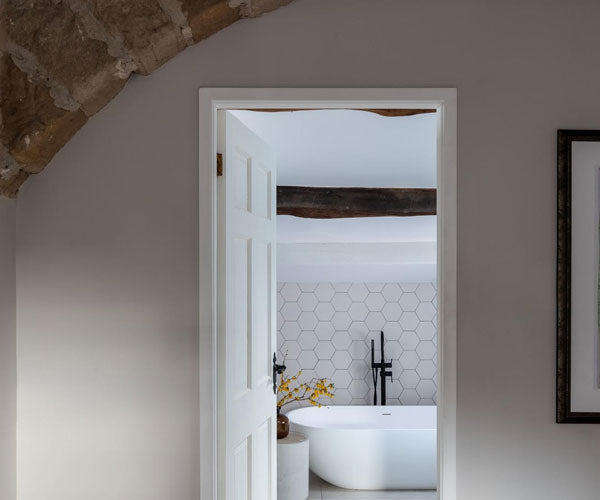

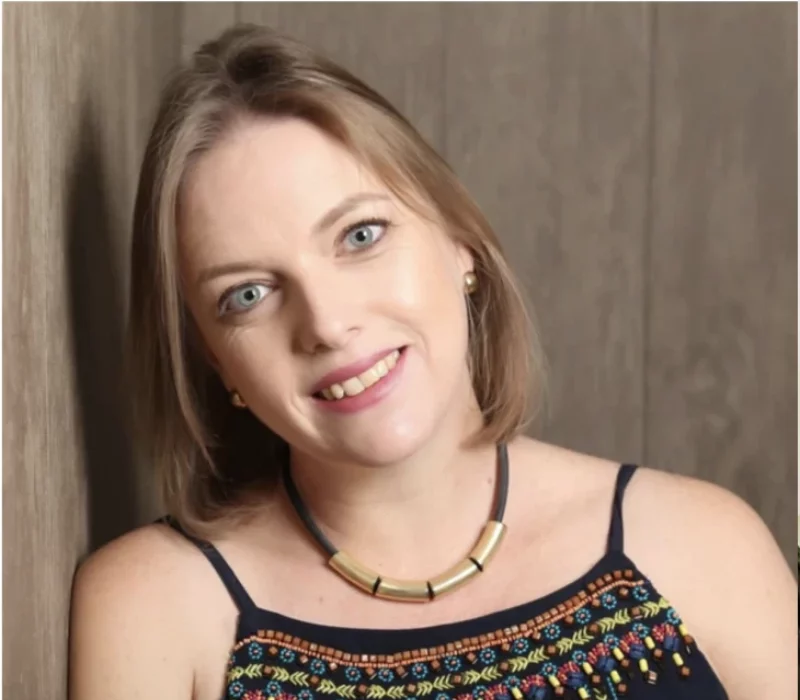
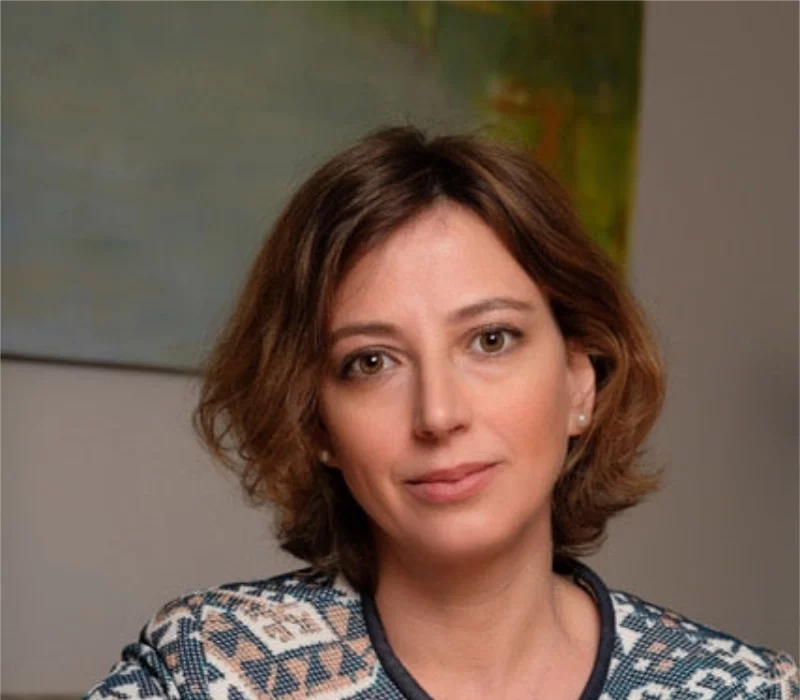
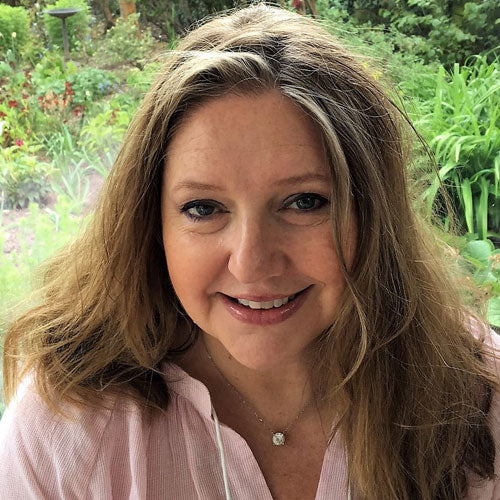
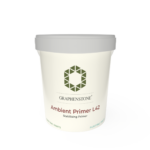
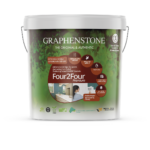

This Post Has 0 Comments